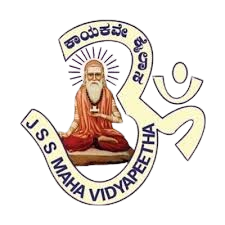- Young's double slit experiment
- Rocket model (Newton's 3rd law of motion)
- Mobius strip
- Thermal expansion (solid)
- PI value
- Tension suspension
- Multiple reflection
- Frozen shadow
- Colour shadow
- Ear model
- Heart model
- Brain model
- Kidney model
- Eye model
- Skeleton model
- Conductors and Insulators
- Center of Gravity using nails
- Infinity well
- Persistence of vision (Zoetrope)
- Musical tubes
- Telescope
- Wireless electricity
- Curie point
- Tesla coil
- Parallel electrical wiring circuit
- Staircase electrical wiring circuit
- Viscosity
- Paper lift weight
- Kaleidoscope
- Funny mirrors
- Friction model
- Hot air rising
- Reflection and Transmission
- Light experiment
- Gravity light
- Bernoulli's principle
- Gravity space time
- Magnetic and Nonmagnetic substances
- Maglev train
- Newton's cradle
- Sympathetic swing
- Periscope
- Resonance
- Simple camera
- Wave pendulum
- Virtual harp
- Math table
- Series electrical wiring circuit
- Lungs working
- Faraday's experiment
- Immiscible liquid
- Pythagoras theorem
- Wind energy
- Motor working principle
- Solar energy
- Eddy current
- Thermal expansion
- Oersted experiment
- Fleming's left-hand rule
- Head on platter
- Reflection & Transmission
- Foucault pendulum
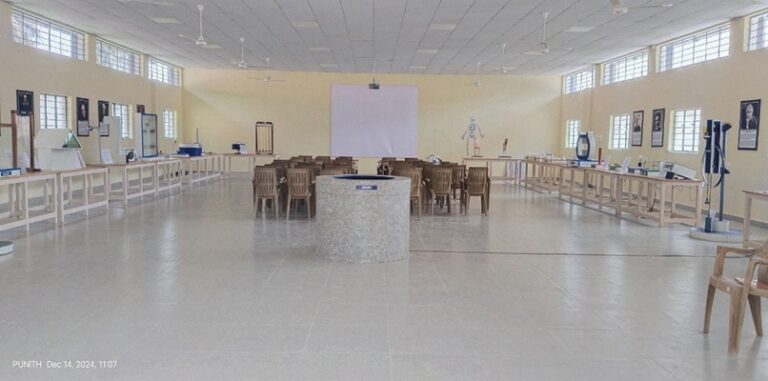



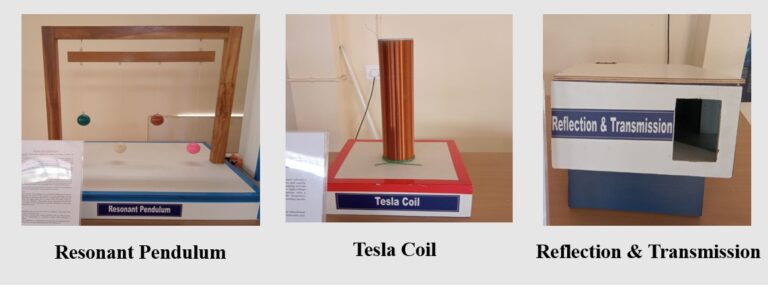


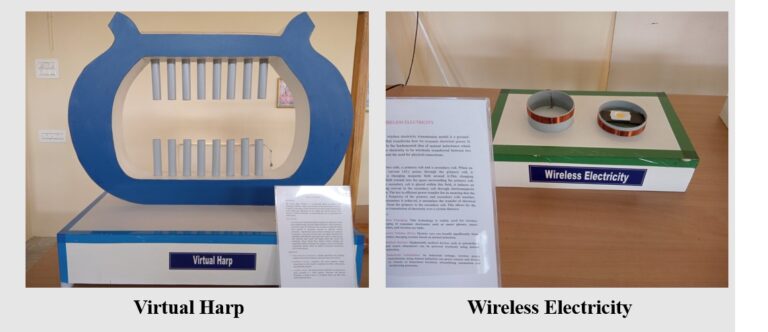


1. INFINITY WELL
It is a configuration of two or more parallel or angled mirrors, which are
arranged to create a series of smaller reflections that appear to recede
to infinity. A similar appearance in artworks is called as Droste effect.

2. PERSISTENCE OF VISION
Persistence of vision traditionally referred as the optical illusion that occurs when visual perception of an object does not stop for some time after the rays of light proceeding from it have stopped to enter the eye. The illusion has also been described as "retinal persistence", "persistence of impressions", simply "persistence" and other variations.

3. MUSICAL TUBES
Musical tubes are instruments that use the basic concept of the pitch of any
vibrating material being inversely proportional to the length of the same. This
concept is used in string instruments as well

4. TELESCOPE (60 MM REFRACTOR)
A refracting telescope (also called a refractor) is a type of optical telescope that uses a lens as its objective to form an image (also referred to a dioptric telescope). The refracting telescope design was originally used in spyglasses and astronomical telescopes but is also used for long-focus camera lenses. Although large refracting telescopes were very popular in the second half of the 19th century, for most research purposes, the refracting telescope has been superseded by the reflecting telescope, which allows larger apertures.

5. NEWTONS CRADLE
The Newton's cradle is a device that demonstrates the conservation of
momentum and the conservation of energy with swinging spheres.

6. SIMPLE CAMERA
A simple camera is a basic device that captures images by letting light in through a small opening and onto a photosensitive surface, such as film or a digital sensor. The essential components of a simple camera include a light-tight box or container with a small hole (aperture) on one side and the photosensitive surface on the opposite side. When light passes through the aperture, it projects an inverted image of the scene outside onto the photosensitive surface, creating a visual record of what was in front of the camera.

7. PERISCOPE
A periscope is an instrument for observation over, around or through an object, obstacle or condition that prevents direct line-of-sight observation from an observer's current position.
In its simplest form, it consists of an outer case with mirrors at each end set parallel to each other at a 45° angle. This form of periscope, with the addition of two simple lenses, served for observation purposes in the trenches during World War I. Military personnel also use periscopes in some gun turrets and in armoured vehicles
8. RESONANT PENDULUM
The scientific phenomenon behind the transfer of energy is known as "Resonance".
If the pendulum is pulled to one extreme and released without pushing, it makes a certain number of oscillations in a unit time. This number is a constant for a given pendulum and is known as its natural frequency or resonant frequency. This resonant frequency depends on the length of the pendulum. Longer the pendulum, lower the natural frequency.
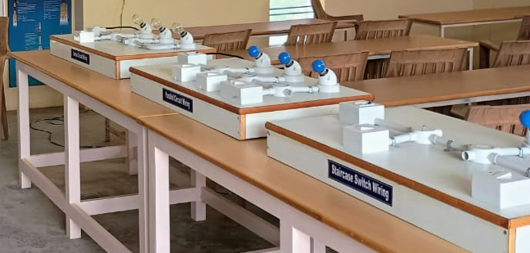
9. ELECTRICAL WIRING
Electrical Wiring is a process of connecting cables and wires to the related devices such as fuse, switches, sockets, lights, fans etc. to the main distribution board is a specific structure to the utility pole for continues power supply.
